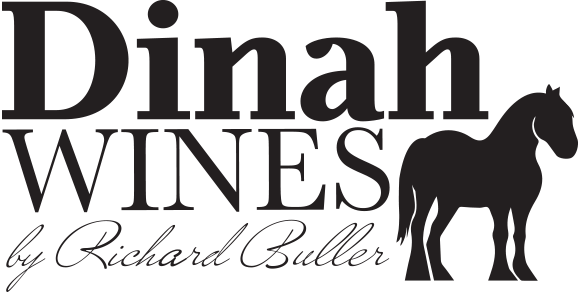The title “workhorse” has been bestowed on Shiraz because, as a variety, it is reliable, versatile, and usually gets the job done with the minimum of fuss – which cannot always be said of the “thoroughbred” varieties. But Shiraz is more than just a workhorse – after all it is the basis for Australia’s most famous wine, Penfold’s Grange – and many of our classic wines are made from Shiraz or blends of Shiraz.
This so called workhorse is capable of great things.
History
Shirazt cuttings originally came to Australia from Hermitage in the Rhone Valley in France, where it has for centuries been used to make one of the great dry red wines of the world. A little further south along the Rhone at Chateauneuf-du-Pape, “ermitarge”, as it is known there, is one of the major contributors to the famous wines of the appellation.
Legend has it that Shiraz was introduced to Europe from the city of Shiraz in ancient Persia by hermits (hence Hermitage). Another story is that it was brought from Syracuse in Sicily by the Roman legions. Both stories may be true. Suffice to say that Shiraz has a long and noble history.
Shiraz was among the first vines grown in the Rutherglen district, being first described in 1865. Both table and fortified wines were produced from Shiraz in those early days. The vines “produced so naturally and so well the richer styles of wine favoured by Victoria’s predominantly British population”, according to David Dunstan in his excellent book “Better than Pommard”. Hubert de Castella, writing in 1886 also refers to “a number of perfect wines – clean, straight – fit to be drunk at any meal”, following an early Rutherglen Wine Show.
Name Confusion
This long history has contributed to some confusion insofar as the one grape variety has acquired different names in different countries – Hermitage in France, Syrah in the USA and Shiraz in Australia. To add to the local confusion, some Australian winemakers also use the names “Hermitage and “Syrah”.
The use of “Hermitage in Australia can be explained by our historical use of European wine names to describe the style of the wines, as with Burgundy, Hock etc. Syrah has been used in Australia, sometimes by wine companies with a French connection, to add a bit of class to the label.
Versatility
The versatility of Shiraz today is demonstrated by the fact that it can produce high quality wines across three classes – table, fortified and sparkling.
Modern winemaking and viticultural techniques have refined the style somewhat but the essential richness of flavour of Rutherglen Shiraz is what the consumer looks for.
Shiraz is often blended with other wines, and Shiraz/Cabernet has proved particularly successful. Shiraz has a more even palate profile, filling the ‘hole in the middle’ which is characteristic of Cabernet. Shiraz, with its spicy/peppery fruit flavours also add complexity to a blend.
Used in fortified wines, Shiraz contributes a spiciness to the flavour of the wine, particularly in Vintage (ports). Shiraz also provides a characteristic richness to Tawny – a style for which Rutherglen has a proud record, dating from the gold rush era.
Sparkling red wine, is also a fine wine when made from Shiraz. In this style, fruit flavour is important, unlike it’s white counterpart, which requires a more neutral base.
